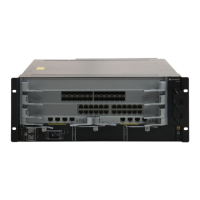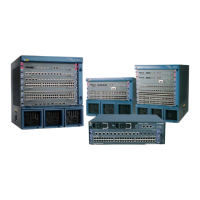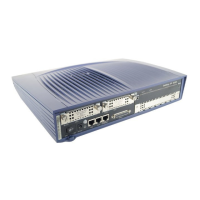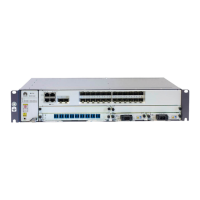Figure 12-3 Networking diagram of a multi-ring network supported by HVRP
ME60
SwitchA
SwitchB SwitchC
……
SwitchN SwitchN+1
The multi-ring network supported by HVRP has the following characteristics:
l MSTP is enabled on the entire network. Each ring maps an MSTP instance, and all the
devices on the ring belong to the same region.
l SwitchA is the root bridge and other Switches connect to the Layer 3 device (the ME60)
through SwitchA.
12.3 Enabling HVRP
This section describes how to enable HVRP.
12.3.1 Establishing the Configuration Task
Applicable Environment
A switch on a Layer 2 network needs to learn a large number of MAC addresses. To reduce the
MAC addresses that the switch needs to learn, you can enable HVRP on the switch.
As shown in Figure 12-4, through the dynamic VLAN registration and aging mechanism, HVRP
ages the VLANs on the interfaces that do not forward packets and saves only necessary VLANs.
When a VLAN contains two or less than two interfaces, the interfaces do not need to learn MAC
addresses. Instead, the interfaces broadcast data packets in the VLAN without affecting the
bandwidth.
Quidway S7700 Smart Routing Switch
Configuration Guide - Ethernet 12 HVRP Configuration
Issue 01 (2011-07-15) Huawei Proprietary and Confidential
Copyright © Huawei Technologies Co., Ltd.
615

